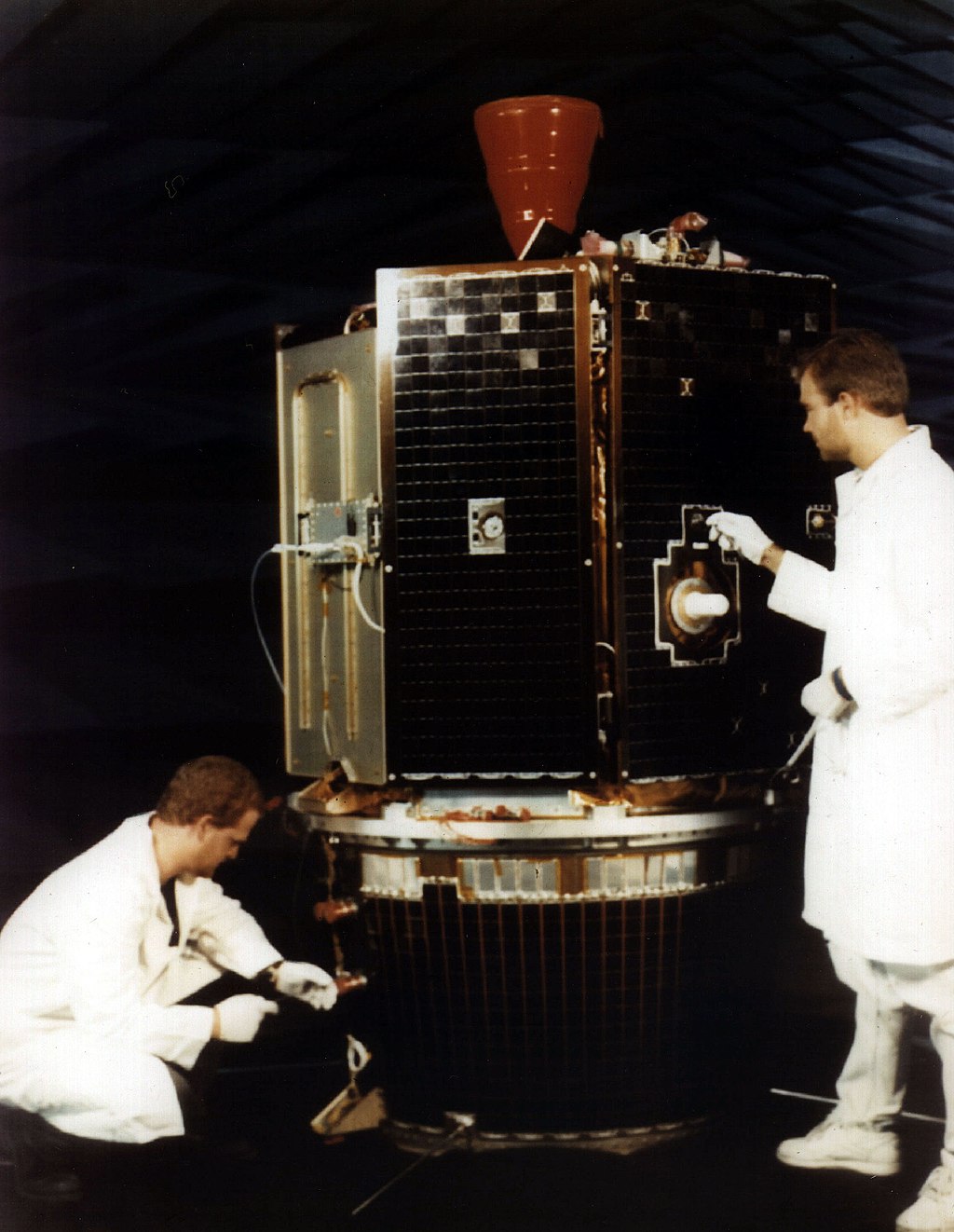Clementine final checks
Autor:
U.S. Department of Defense
Shortlink:
Zdroj:
Formát:
2257 x 2913 Pixel (704203 Bytes)
Popis:
The Clementine satellite undergoes final checks in this 1993 photograph. The satellite was built by the staff of the Naval Research Laboratory, Washington, D.C. The recent interpretation of data from the Clementine spacecraft mission, a joint Ballistic Missile Defense Organization/NASA venture, has revealed that deposits of ice could exist in permanently dark regions near the South Pole of the Moon. Initial estimates suggest that the ice deposit area is the size of small lake (60 to 120 thousand cubic meters), and that the lunar crater containing the ice deposit has a depth greater than the height of Mount Everest, and a rim circumference twice the size of Puerto Rico. The discovery of ice on the Moon has enormous implications for the potential return of humans to the Moon's surface and the establishment of a permanent lunar station. The lunar ice could be mined and dissociated into hydrogen and oxygen by electric power provided by solar panels or a nuclear generator, providing both breathable oxygen and potable water for the permanent station on the Moon. Hydrogen and oxygen are also prime components of rocket motor fuel and could potentially result in the establishment of a lunar filling station making transport to or from the Moon more economical by at least a factor of ten. The Clementine spacecraft was launched aboard a Titan II missile from Vandenberg Air Force Base, Calif., on Jan. 25, 1994. Its primary military mission was to qualify lightweight sensor and camera technology for possible application for ballistic missile defense programs, but it also demonstrated a capability for low-cost, high-value space exploration missions.
Licence:
Public domain
Relevantní články
Clementine (sonda)Clementine je kosmická sonda NASA, která v polovině 90. let 20. století zkoumala Měsíc a měla také prozkoumat planetku Geographos. Šlo o první úspěšnou sondu k přirozenému satelitu Země od 70. let a tím i první v řadě nové generace lunárních projektů. Na oběžné dráze kolem Měsíce provedla jeho globální snímkování, topografické měření laserovým výškoměrem a přispěla ke znalosti lunárního gravitačního pole. .. pokračovat ve čtení
